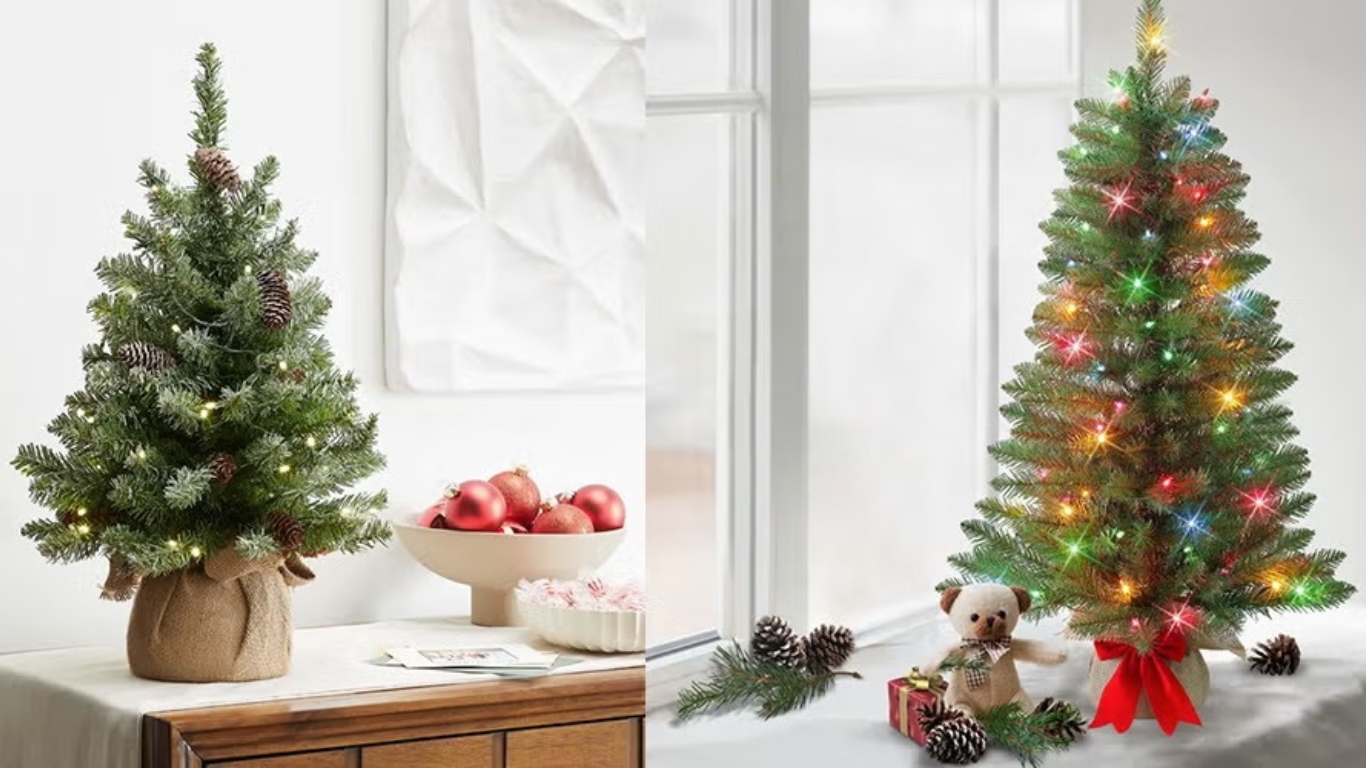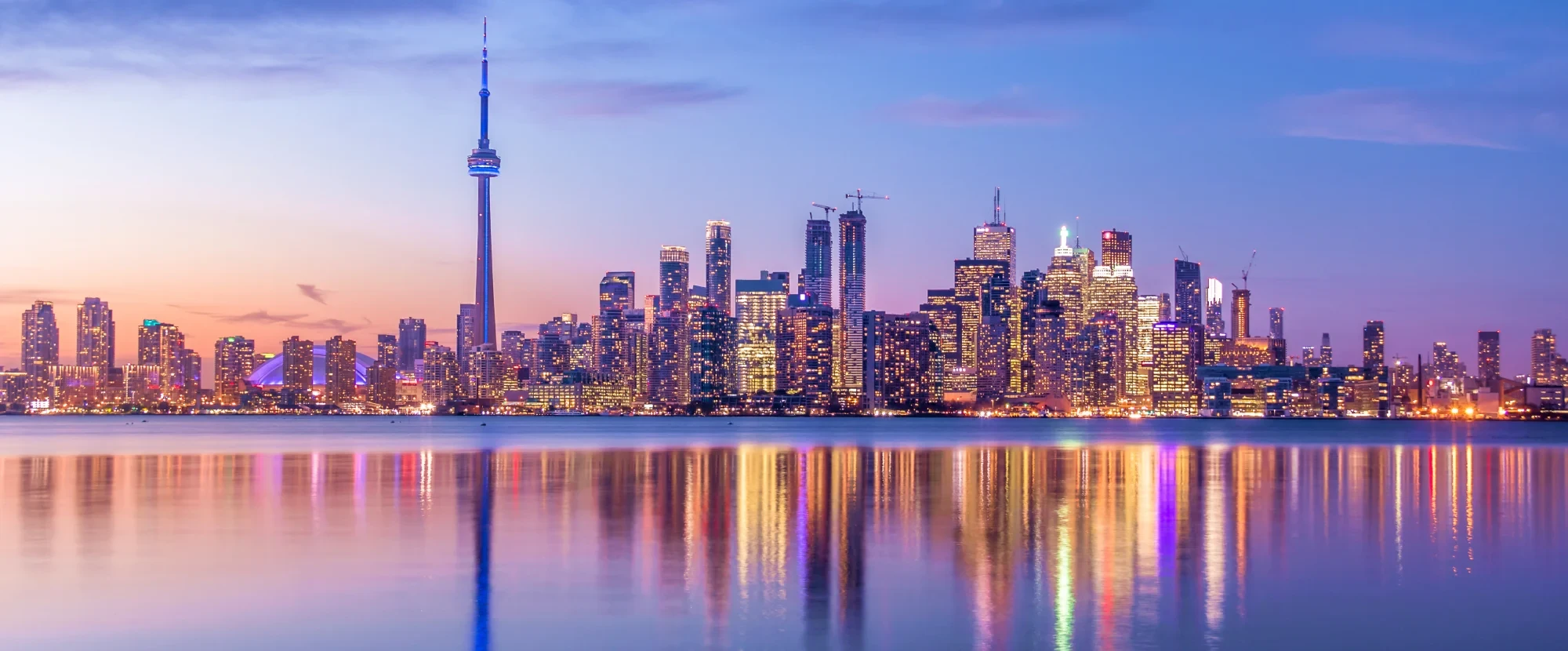The Magic of Christmas Trees: Bringing Holiday Cheer to Every Home
The Christmas tree is one of the most beloved symbols of the holiday season, transforming homes and public spaces into winter wonderlands. With its rich history, sparkling decorations, and the joy it brings to families worldwide, the Christmas tree holds a special place in hearts across the globe. This evergreen tradition has evolved through centuries, adapting to cultures, technologies, and changing times, yet its magic remains timeless.
The Origin of the Christmas Tree
The origins of the Christmas tree are somewhat unclear, but historians trace its roots back to ancient civilizations. Many cultures used evergreens to celebrate the winter solstice, symbolizing life and rebirth during the darkest days of the year. The ancient Egyptians, Romans, and Norsemen all used plants like holly, ivy, and fir trees in their seasonal celebrations.
However, the modern Christmas tree tradition is often credited to 16th-century Germany. According to popular legend, the Protestant reformer Martin Luther was the first to place candles on a tree. The story goes that Luther, walking through a forest on Christmas Eve, was struck by the beauty of the stars shining through the branches of the evergreens. Inspired by the sight, he brought a tree inside, adorned it with candles, and shared the experience with his family, giving birth to a tradition that would eventually spread across the world.
By the 18th century, Christmas trees began to gain popularity in Germany and were gradually introduced to other European countries. The tradition made its way to Britain in the early 19th century, where it was popularized by Queen Victoria and Prince Albert, who set up a tree in Windsor Castle. The custom quickly spread to the United States, where it became an integral part of Christmas celebrations.
The Evolution of Christmas Trees
Over the centuries, the Christmas tree has evolved in terms of its size, decoration, and symbolism. Early trees were simple, often decorated with natural elements like apples, nuts, and ribbons. These decorations were a reflection of the natural world, tying into the spiritual symbolism of evergreen trees representing eternal life.
As technology and resources advanced, so did the way people decorated their trees. In the 19th century, glass ornaments became widely available in Europe, and the intricate designs made them a popular choice for tree decorations. The invention of electric lights in the early 20th century revolutionized Christmas tree decorations, replacing traditional candles that posed a fire hazard. Today, Christmas tree lights come in all shapes, sizes, and colors, adding an extra layer of warmth and wonder to the holiday atmosphere.
In the 20th century, artificial trees were introduced, offering a convenient and reusable alternative to real trees. While some people still prefer the natural aroma and appearance of a real tree, others opt for the practicality of artificial trees, which come in a variety of styles and sizes. Some even feature pre-lit branches, making the decorating process quicker and easier.
Choosing the Perfect Christmas Tree
One of the most exciting parts of preparing for the holiday season is selecting the perfect Christmas tree. For many families, this is a cherished tradition, where everyone comes together to choose a tree that will stand proudly in the living room. Whether you choose a real tree or an artificial one, there are a few key factors to consider when selecting the perfect Christmas tree.
Real Trees
Real Christmas trees are available in a variety of species, each with its own unique look and characteristics. The most popular types of real trees include:
- Douglas Fir: Known for its sweet fragrance and soft, flat needles, this tree is a favorite for its full shape and rich green color.
- Fraser Fir: A highly popular choice for its dense foliage, strong branches, and pleasant scent. Its needles are short and soft, and it holds its shape well.
- Nordmann Fir: A sturdy tree with glossy, dark green needles, the Nordmann fir is known for its longevity and ability to retain its needles throughout the holiday season.
When purchasing a real tree, it’s essential to ensure it is fresh, as a dry tree can be a fire hazard. Look for a tree with vibrant, flexible needles and a firm trunk. Make sure to water it regularly once it’s set up to keep it looking its best.
Artificial Trees
Artificial trees have come a long way since their inception, offering a wide range of options to suit different tastes and spaces. Modern artificial trees are made from high-quality materials that mimic the appearance of real trees. Some even come pre-lit or with features like snow-dusted branches or flocked designs. When selecting an artificial tree, consider the size, style, and ease of setup. Opt for a tree that complements your home’s décor and is easy to store once the season is over.

Christmas tree decorations
Decorating Your Christmas Tree
The fun of decorating the Christmas tree is one of the highlights of the holiday season. From selecting ornaments to stringing lights, the process is a joyful expression of creativity and holiday spirit. There are countless ways to decorate a tree, and each family has its own traditions.
Lights
Lights are often the first element to be added to the tree. Whether you prefer classic white lights, multicolored bulbs, or a mix of both, lighting a tree creates an enchanting glow that fills the room with warmth. LED lights are energy-efficient and long-lasting, and their variety of colors and effects makes them a popular choice for tree decorations.
Ornaments
Ornaments are the heart of the Christmas tree’s décor, and they can range from traditional glass baubles to handmade crafts. Many families have cherished ornaments that are passed down through generations, adding sentimental value to the tree. Some may opt for a theme, such as rustic or vintage decorations, while others may embrace a more eclectic approach with a mix of colors and styles.
Some popular ornaments include:
- Glass baubles: These come in various shapes and sizes, with intricate designs or solid colors.
- Handmade ornaments: Families often create personalized ornaments, such as paper angels or wooden figurines, to add a personal touch to the tree.
- Tinsel and garland: These metallic decorations add sparkle and texture to the tree, reflecting the light and creating a festive look.
Tree Topper
The finishing touch on a Christmas tree is often the tree topper, which is traditionally a star or an angel. The star represents the Star of Bethlehem, which guided the three wise men to the birthplace of Jesus, while the angel symbolizes the angelic announcement of Christ’s birth. Modern toppers range from stars to bows, ribbons, and even Santa Claus figurines.
The Joy of Christmas Trees
For many families, the Christmas tree is more than just a decoration; it’s a symbol of togetherness, warmth, and the spirit of giving. Whether it’s the excitement of picking out a tree, the joy of decorating it together, or the cozy nights spent around it with loved ones, the Christmas tree represents the heart of the holiday season.
As we gather around the tree each year, we are reminded of the magic of Christmas — the love we share, the memories we create, and the beauty of the season. No matter how the tradition evolves, one thing is certain: the Christmas tree will always be a timeless symbol of holiday joy.
In the years to come, as families continue to celebrate the season with their own unique traditions, the magic of the Christmas tree will endure, bringing warmth and light into homes across the world.
editor's pick
latest video
news via inbox
Nulla turp dis cursus. Integer liberos euismod pretium faucibua






